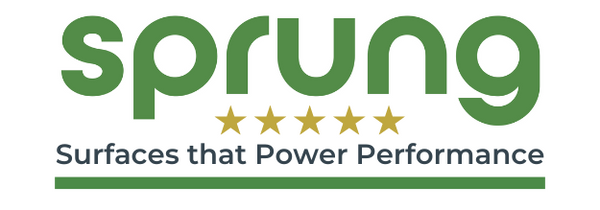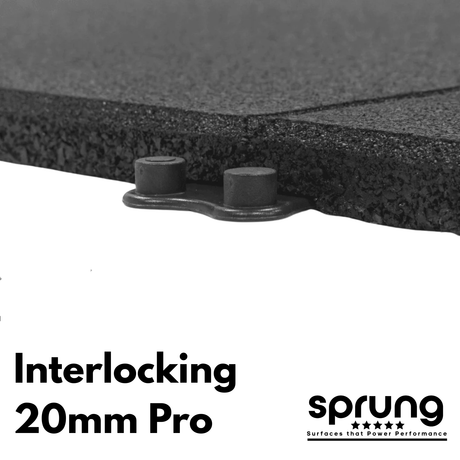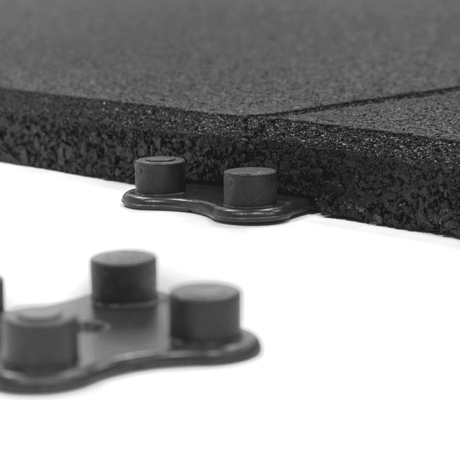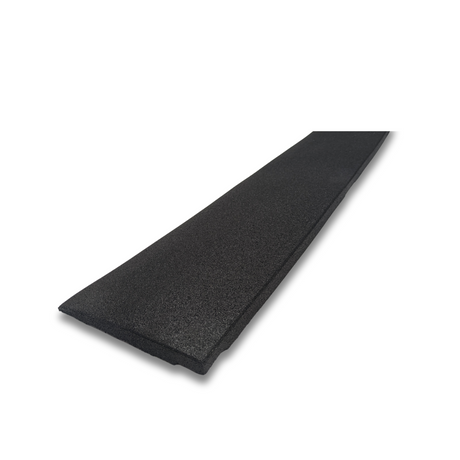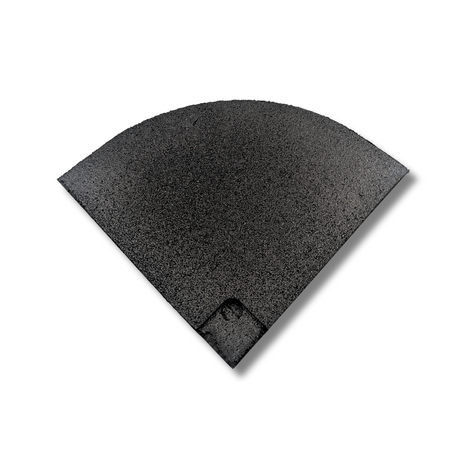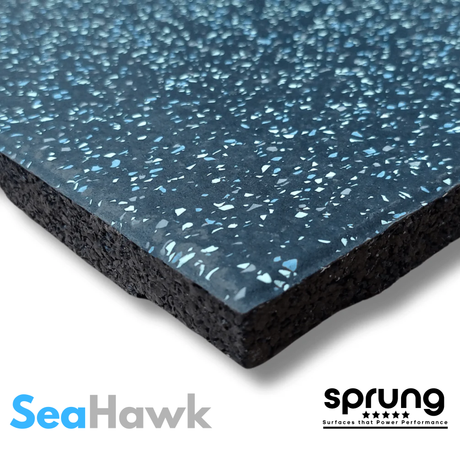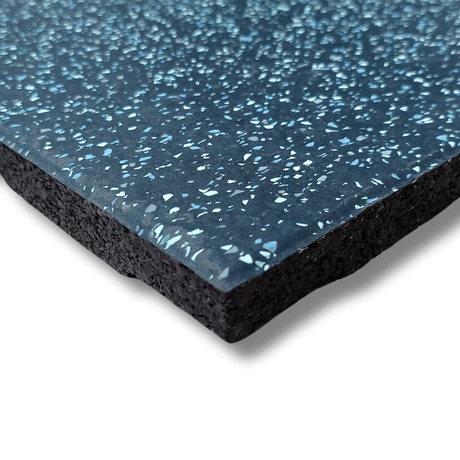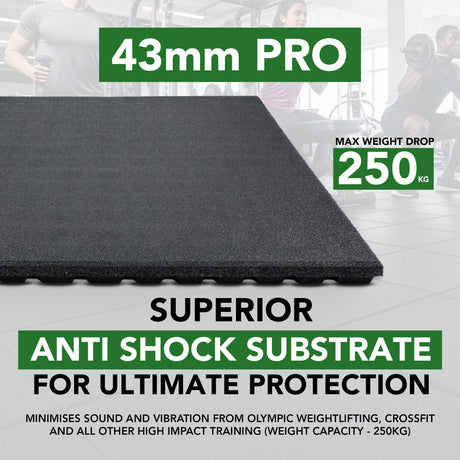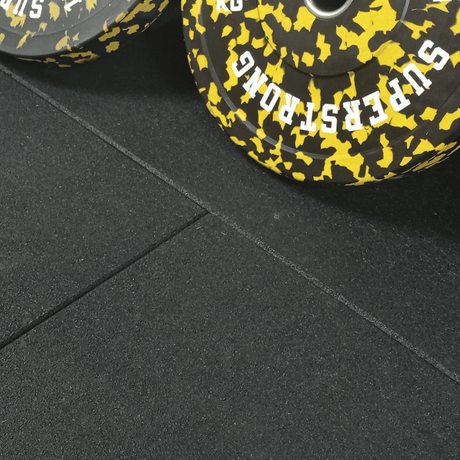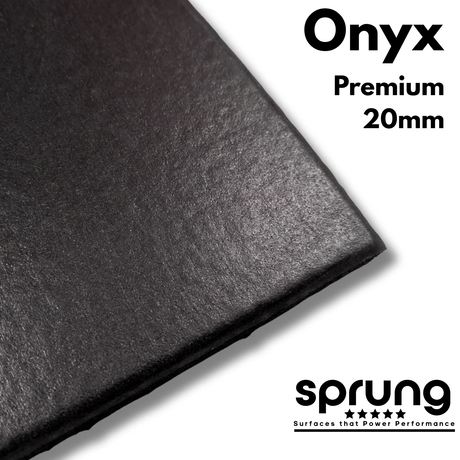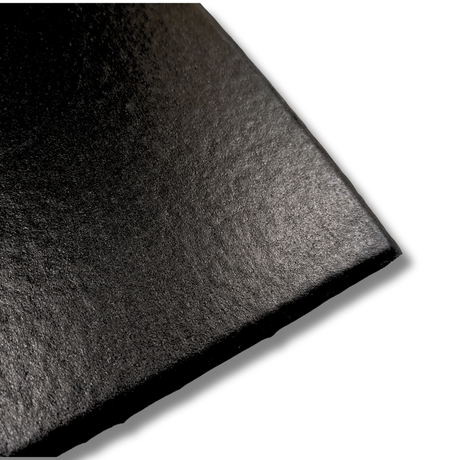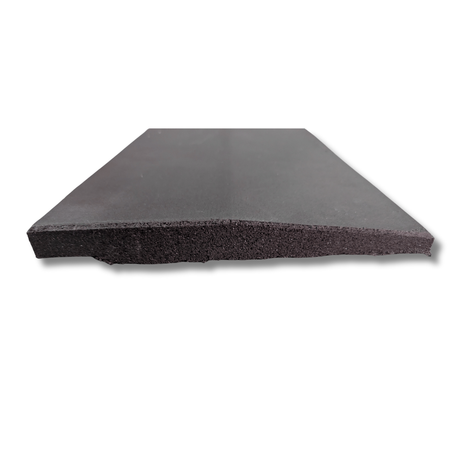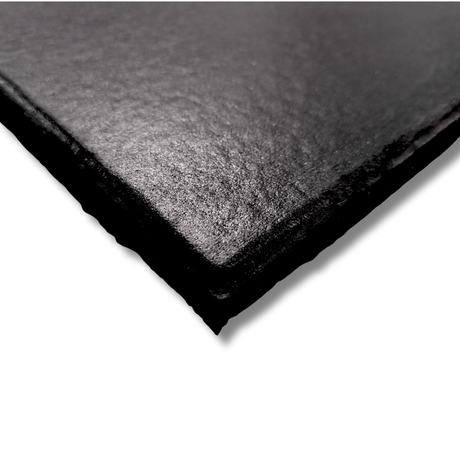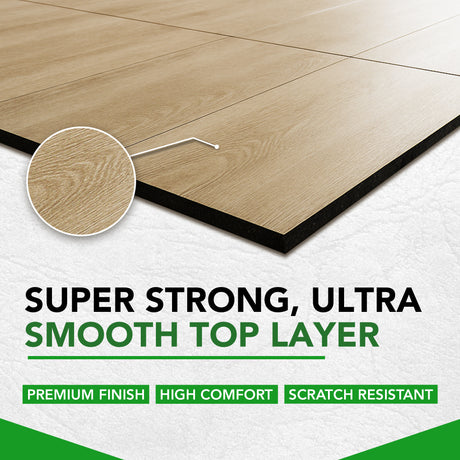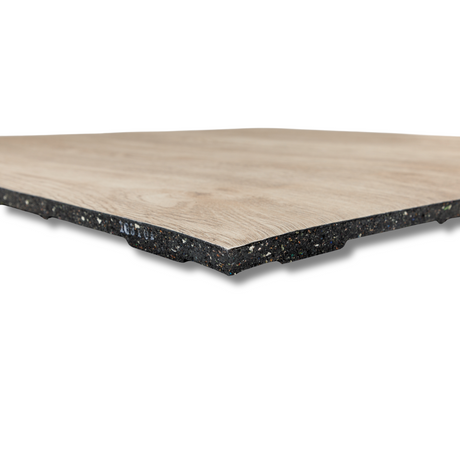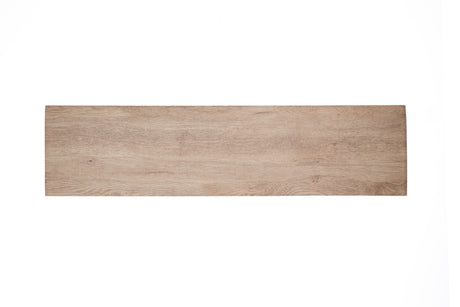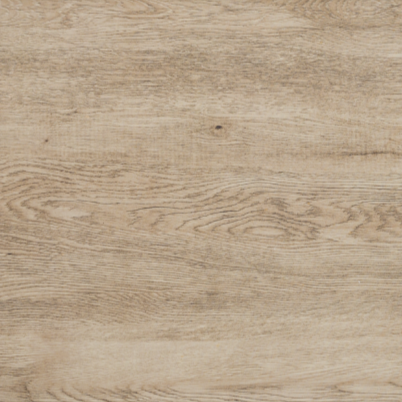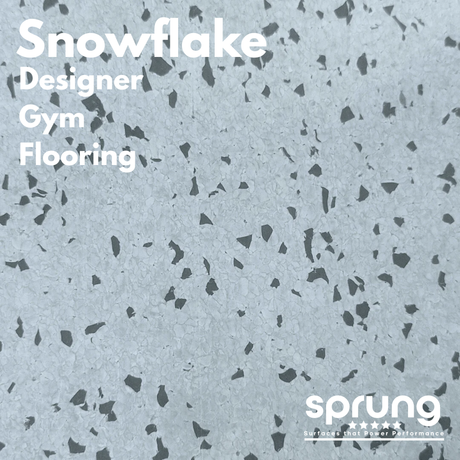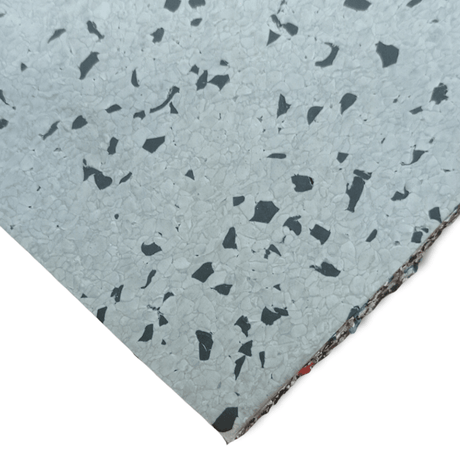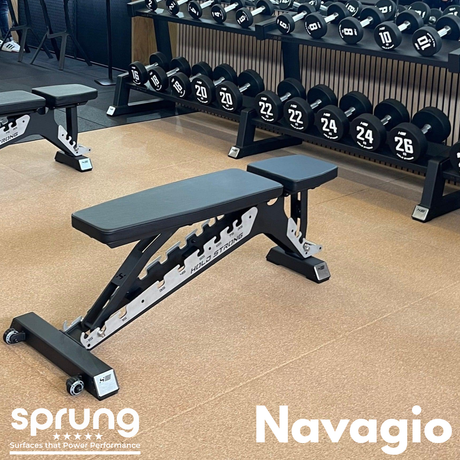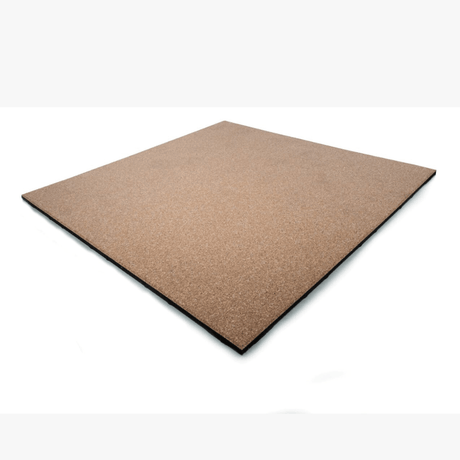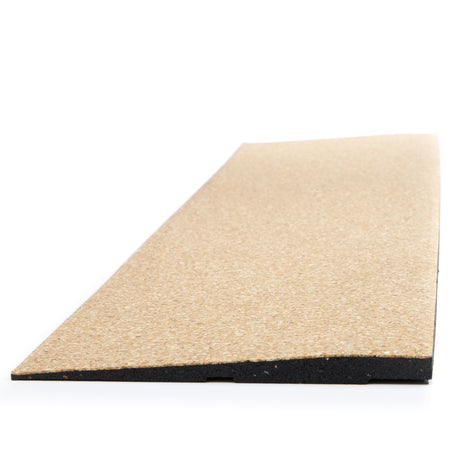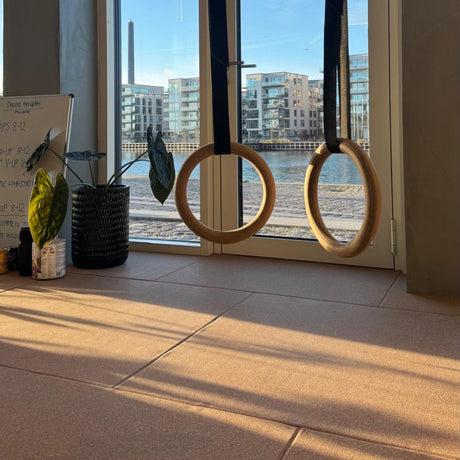Table of Contents
In addition, playground flooring can also give the space a certain look and feel. For example, using brightly coloured flooring can help create a fun and inviting atmosphere. Kids will love playing on a playground that provides them with a safe place to have fun and explore.
In this article, we'll break down the different types of playground flooring and the amazing plus points of choosing the right flooring for your play project.
What is a Playground Flooring?
Playground flooring is a material that is used to create a safe and comfortable playing surface for children. It is often made from rubber or foam and can be found in various colours and thicknesses.
Playground flooring is designed to protect children from falls, provide a comfortable surface to play on, and reduce noise levels. It also supports heavy play equipment such as swing sets, slides and climbing frames.
There are a variety of playground flooring options available on the market, so it is important to choose the right one for your needs.
You should consider the following factors when selecting playground flooring:
- Type of material: Rubber or foam are the most common materials used for playground flooring. Both have their own benefits and drawbacks, so it is important to choose the right one for your needs.
- The thickness of the material: The thicker the playground flooring, the more cushioning it will provide. However, thicker materials can be more expensive and may be more difficult to install.
- Material Format: As rubber is a common material for playgrounds it can come in different formats such as tiles, granules or ‘pour in place’ solutions. They all vary in cost, with the more bespoke being the most expensive. Consider a format that will be cost-effective and meet your budget.
- Colour of the material: Playground flooring is available in a variety of colours. Some prefer earthy colours so that the play equipment will stand out while others prefer bright options and patterns. The more colour and patterns you choose, the more costly it will be.
- Price: Playground flooring can vary widely in price, so it is important to set a budget before you start shopping. Keep in mind that the cheapest option is not always the best option.
- Installation: Some playground flooring options are easy to install, while others require professional installation. If you are not experienced in installing playground flooring, it is important to choose an easy installation option such as interconnecting tiles.
- Maintenance: Playground flooring requires little maintenance, but some types of flooring may require more maintenance than others. Choosing a type of flooring that is easy to clean and does not require much upkeep is important.
When choosing playground flooring, it is important to consider all of the factors listed above. By taking the time to find the right flooring for your needs, you can create a safe and fun environment for your children to play in.
Why You Need Playground Flooring?

Safety First
Safety is the first and most important reason to choose the right playground flooring. A fall from a swing, jungle gym, or other play structure can result in serious injury, so you want to make sure the surface your child is playing on is soft and shock-absorbent.
With the right playground flooring, you can help prevent serious injuries like concussions, broken bones, and more.
There are a variety of playground flooring options available that offer different levels of safety. For example, rubber tiles are a great option if you're looking for something that's both softer to the surface and slip-resistant. With a rubber surface, you don't have to worry about your child slipping and falling, and the mats can help cushion a fall.
Noise Reduction
Play equipment can be noisy, especially when it's made of metal. If you have a playground in your backyard, you may not want the noise to carry into your home. With the right playground flooring, you can help reduce the noise.
Mats and tiles made of rubber or foam can help absorb the noise and lessen the amount of sound it carries. This is especially important if you have young children who take naps during the day. You don't want their nap time to be interrupted by the sounds of the playground. Similarly, outdoor rubber mats help to reduce noise and vibrations in public play spaces and schools.
Customer Feedback:
"I chose rubber tiles to cover our patio where our kid's like to play. They were easy enough to cut and fit following the instructions. Really happy with the product and it has dampened down the noise!"
Aesthetics
The right playground flooring can also impact the aesthetics of your playground. If you're looking for a natural look, you may want to consider using rubber tiles in neutral colours like dark green, deep red and black. These options can help give your playground surfaces appear more like natural materials like stone, brick and slate.
If you want something that's more colourful and fun, a variety of bright options are also available. You can find play area flooring that's made of interlocking tiles or mats in a variety of designs which you can mix up to create a pattern.. This can help add some fun and personality to your playground.
Benefits of using Rubber Playground Flooring

The Different Types of Playground Flooring

There are many different types of playground flooring available on the market today. Each type of playground surface has its own unique benefits and drawbacks that you should consider when choosing the best option for your child’s play area. Let's take a look at some of the most popular types of playground flooring:
1. Turf
Artificial grass which resembles a real lawn is a versatile type of playground flooring that can be used for a variety of purposes. It's commonly used as an all-purpose surface for play areas, parks, and athletic fields.
Safety surfacing made from turf is typically softer and more comfortable than concrete or asphalt. It also has good drainage properties, which helps to keep the surface clean and free of standing water. However, turf can be more difficult to maintain than other types of playground surfaces. It may require regular brushing and raking to keep it looking its best.
2. Rubber Tiles

Critical fall height ratings for rubber playground flooring can range from 1.8m to 4m, making it an ideal choice for tall structures. Rubber is also a very popular choice for swing sets because it provides a softer landing surface in the event of a fall.
A recycled rubber playground surface is a popular option for many reasons. It's highly durable, environmentally friendly, and easy to maintain. Rubber playground flooring is also slip-resistant and offers excellent shock absorption. This type of surface can be used indoors or outdoors and comes in a variety of thicknesses, sizes and colours.
Rubber playground flooring is available in tiles, mats, and poured-in-place options. Tiles and mats are easy to install and can be used to create a variety of designs. Poured-in-place rubber playground flooring is more permanent and can be customised to fit any area although this can be time consuming and expensive.
3. Rubber Mulch
Rubber mulch is made from recycled rubber tires and is a popular choice for playgrounds and landscaping. Rubber mulch is shock-absorbent, slip-resistant, and easy to maintain. It doesn't absorb water, so it helps to keep the playground clean and dry.
One of the drawbacks of rubber mulch is that it may not provide the same level of protection as alternative surface options.
4. Foam
Foam play flooring is a soft, lightweight, easy installation option. Foam is available in tiles or mats and can be used for indoor play with some foam options suitable for outdoors. It is often used in areas where there is a higher risk of injury, such as on top of hard surfaces like concrete.
Foam provides a safe surface for kids to play on and can be easily cleaned. Some foam tiles may be too lightweight for outdoor use and not suitable for outdoor weather conditions.
5. Bark Chips
Bark chips are a popular playground surfacing material because they're naturally soft, absorb impact well, and are affordably priced. They're also easy to install and don't require any special tools or equipment. However, bark chips can be a trip hazard if they're not installed properly, and they can also blow away in high winds.
6. Sand
Sand is one of the oldest types of playground flooring. It is also one of the most natural and budget-friendly options. Sand provide a soft surface for children to play on and can be easily found in nature.
Sand has a few disadvantages as well. It can be uncomfortable to play on for long periods of time and can get very hot in the summer. Sand also gets into shoes, clothing and travels everywhere which can be messy. It can also be difficult to clean and maintain.
Tips for Maintaining Your Playground Flooring
No matter what type of playground flooring you choose, it's important to regularly inspect and maintain the surface to ensure it remains safe for kids to play on.1. Inspect the floor on a regular basis
It’s important to inspect your playground flooring regularly for signs of wear and tear. Look for cracks, holes, or other damage that could pose a safety hazard. If you see any damage, make sure to repair it right away.
2. Sweep and clean the flooring regularly
Sweeping and cleaning your playground flooring on a regular basis will help to keep it in good condition. Be sure to use a gentle cleaner that won’t damage the flooring.
3. Repair any damage immediately
If you see any damage on your playground flooring, make sure to repair it right away. This will help prevent the damage from worsening and posing a safety hazard.
4. Follow manufacturer’s guidelines for care and maintenance
Be sure to follow the manufacturer’s guidelines for care and maintenance of your playground flooring. This will help to ensure that your warranty remains valid and that you get the most out of your investment.
Conclusion
There are many different types of playground flooring available on the market, each with its own set of benefits. Rubber flooring is shock-absorbent, slip-resistant, and easy to clean. Mulch is easy to install and provides a natural look for playgrounds. Synthetic turf is shock-absorbent, slip-resistant, low-maintenance, and long-lasting but may be more difficult to maintain.
When choosing playground flooring for your home or business, consider your budget, maintenance needs, and desired look to find the best option for you.FAQs
What flooring is best for a playground?
Rubber flooring is the best type of flooring for playgrounds because it is impact-absorbent and slip-resistant. It also comes in a variety of colours and can be installed in any shape or size.What is the flooring used in public playgrounds?
Playground flooring is the material that you see beneath the play equipment at parks and playgrounds. It is usually made up of rubber, PVC, sand or a mixture of materials. All types of playground flooring have different benefits, making them ideal for different types of playgrounds.
What is the cheapest playground flooring?
Rubber tile flooring and sand are generally the cheapest playground flooring options. However, there are a number of factors that can affect price, including thickness, size, and colour.
Explore our Bestselling Playground Tiles for your best match.

